Ever since God was a child, people have been trying to solve the conundrum of how to get places.
First it was just with our legs. Then we discovered horses and worked out that their limbs were better than ours.
Then, skipping forward a tad, the industrial revolution dropped and the options multiplied tenfold: cars, bikes, trains, planes, scooters, hoverboards and on and on, ad infinitum.
But the fundamentals of getting somewhere tricky have remained remarkably constant in our Autocar world – four bits of rubber shrouding four round bits of metal. And yet, as you can see from the images here, there’s a vast difference across the decades as to how that conundrum is solved.

To the new car, then. It’s the Range Rover plug-in hybrid, and while it’s not ideally suited to out-and-out off-road adventuring (more on that shortly), it is absolutely laden with the latest electronic off-road tech.
You could argue that we should have had the Land Rover Defender on this test, it being the halo off-roader and the ultimate expression of where the capability has got to, but to be honest I’m more interested in where the technology has enabled luxury and mud to mix.
Quick links: Willys Jeep - Range Rover - Off-road performance: Range Rover - Off-road performance: Willys Jeep - The downsides - Verdict - Full specs
Introducing the Willys Jeep
How far can this tech be pushed? Certainly a chunk further than with the other car here. It’s a Willys Jeep, of the M38A1 variety.
Technically it’s not the oldest of the breed, as this particular one was built in 1955 under licence in the Netherlands (a Nekaf Dutch variant, to be precise), but if Spyker can claim to be the first with a four-wheel-drive passenger vehicle, it’s generally accepted that Willys and the original WW2 Jeep made the genre what it is today. And this car is a successor to that icon of the Second World War.


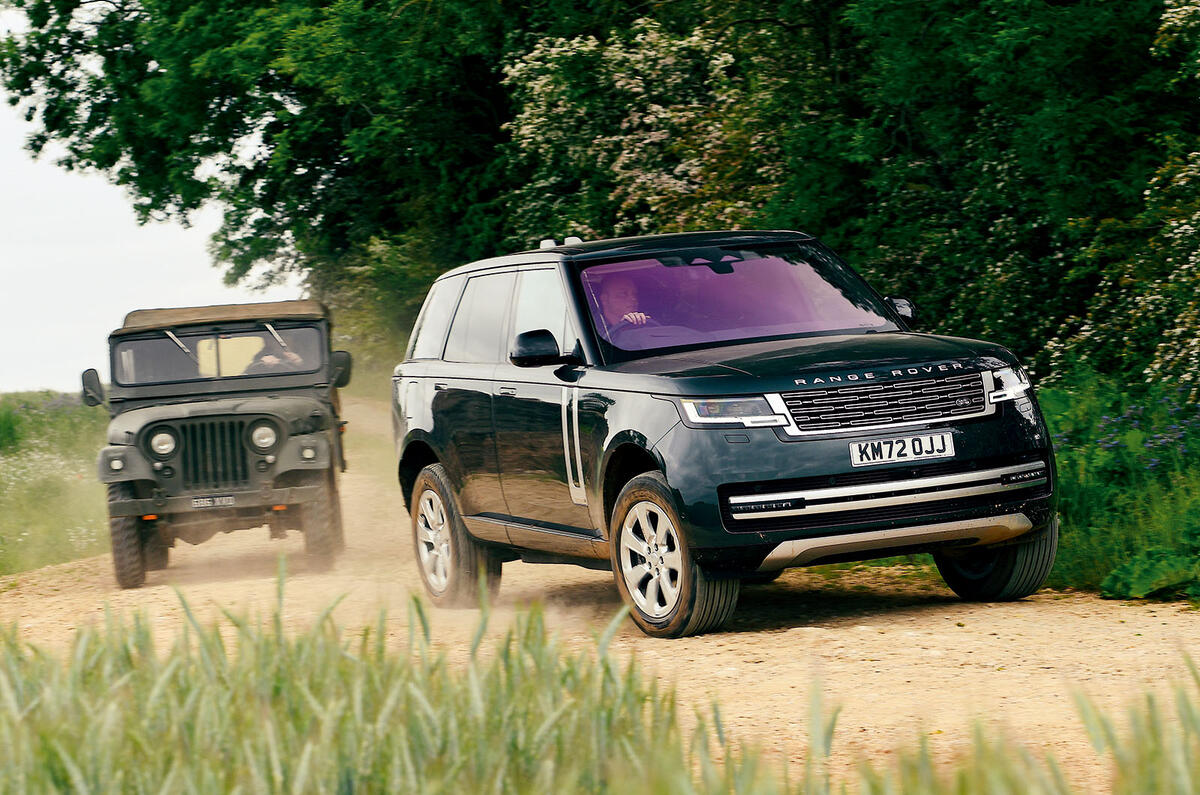
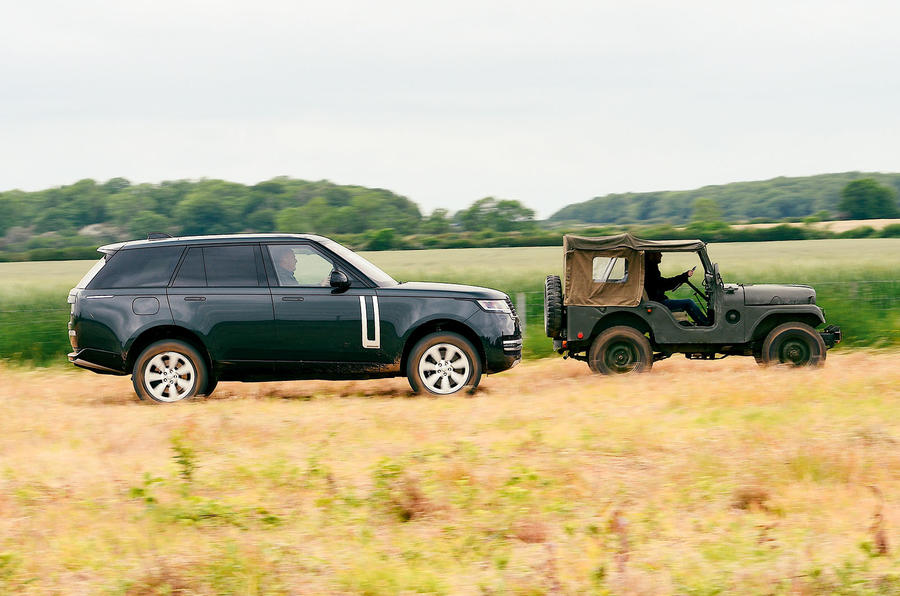

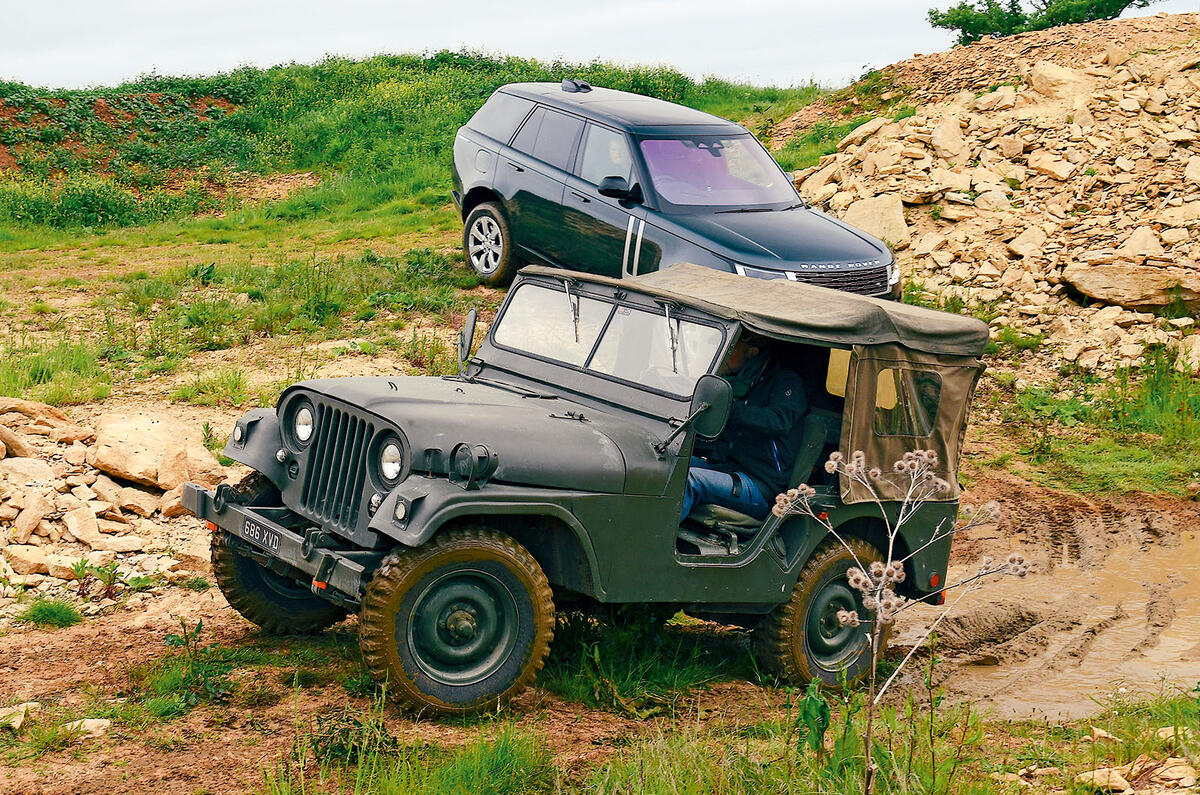
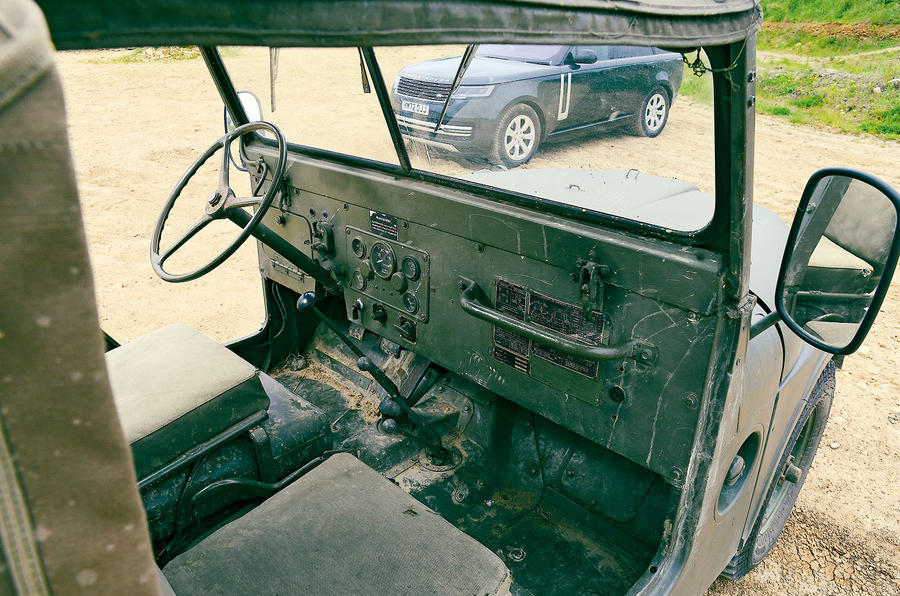

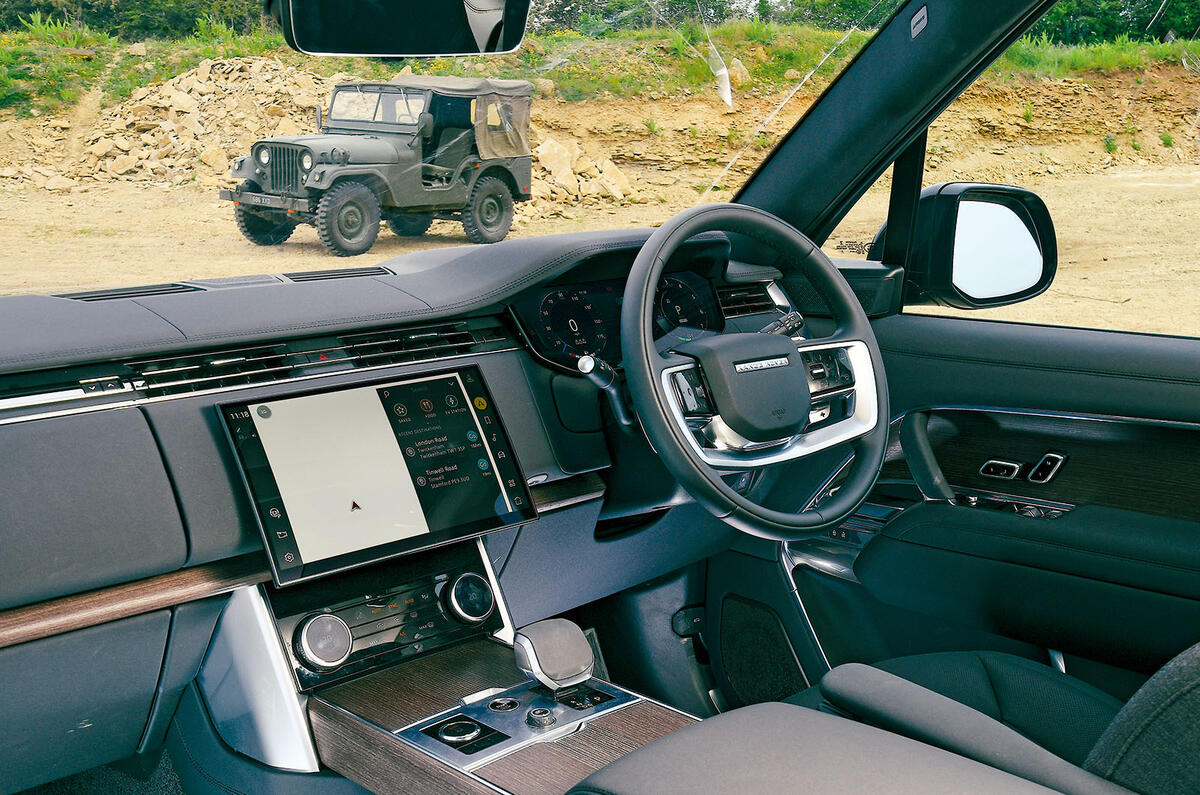
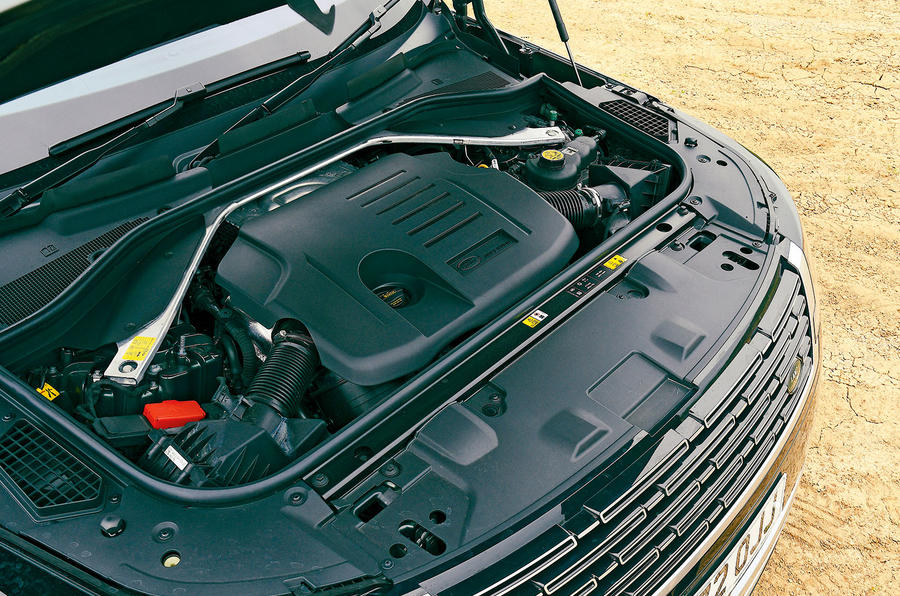
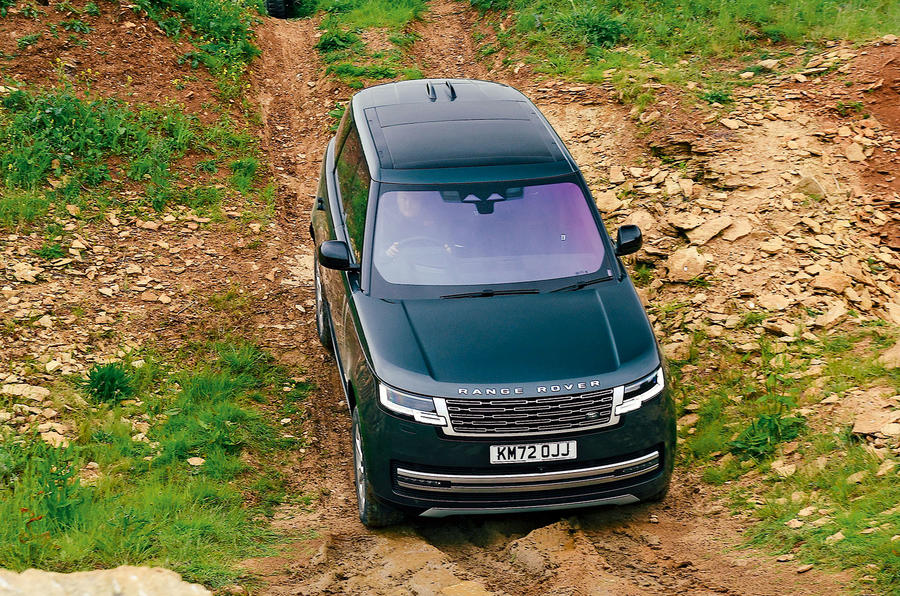
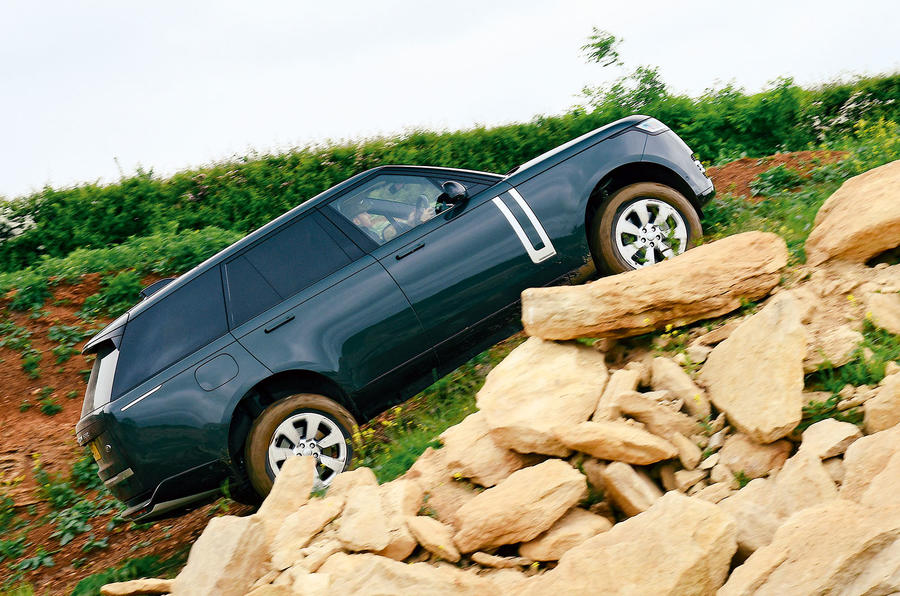
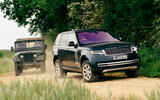
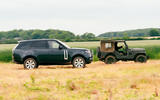
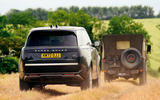
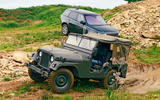
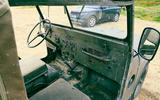
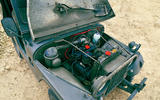
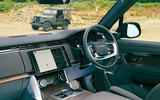
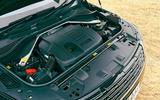
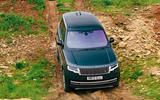
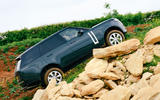

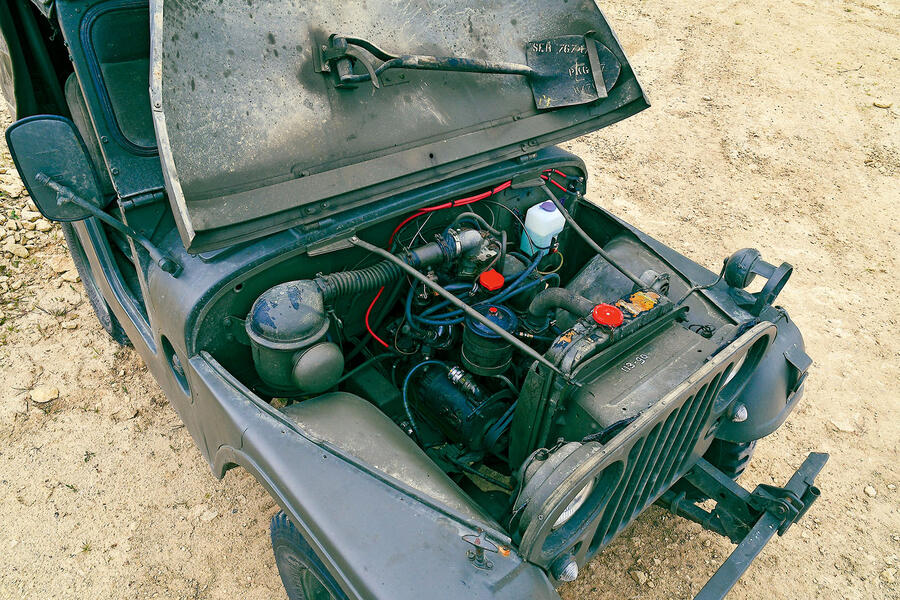
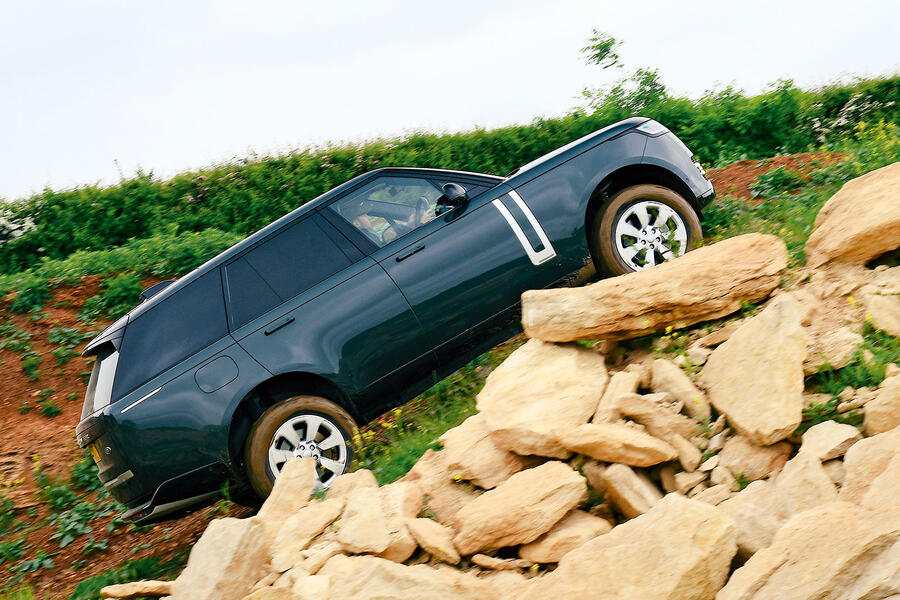
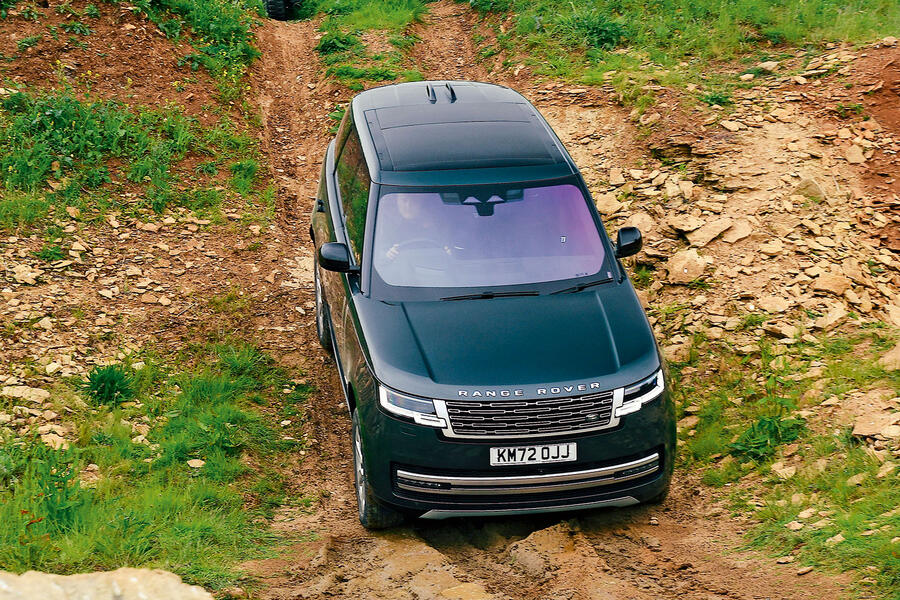
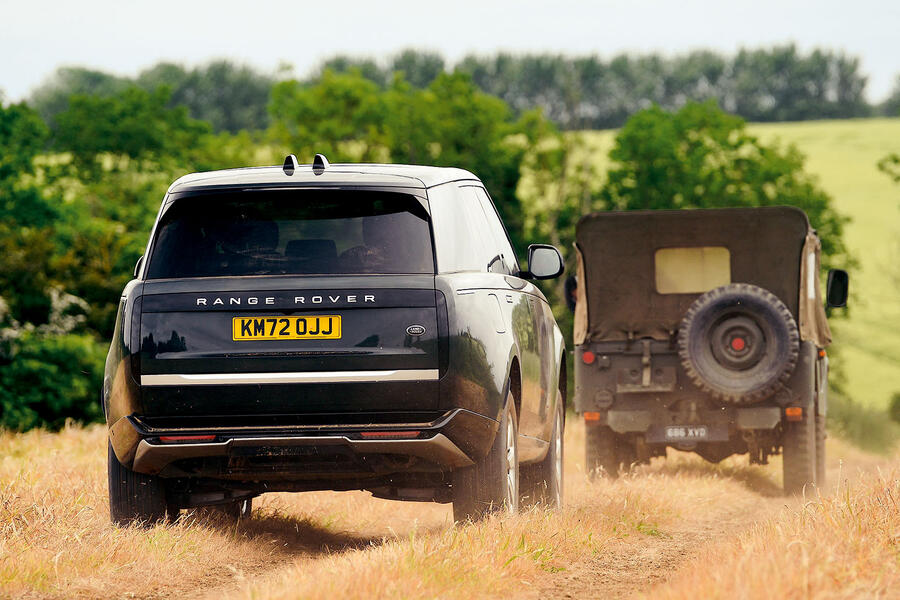
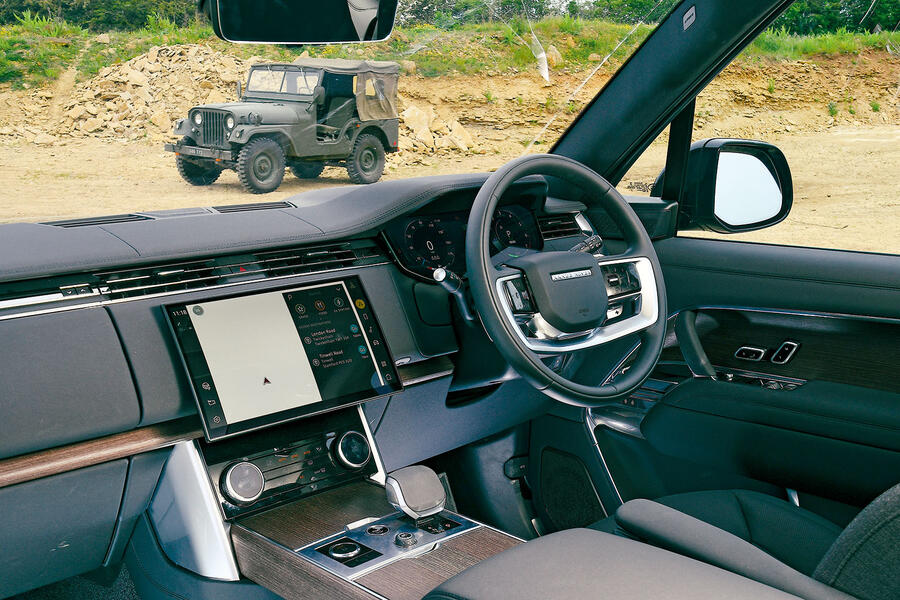
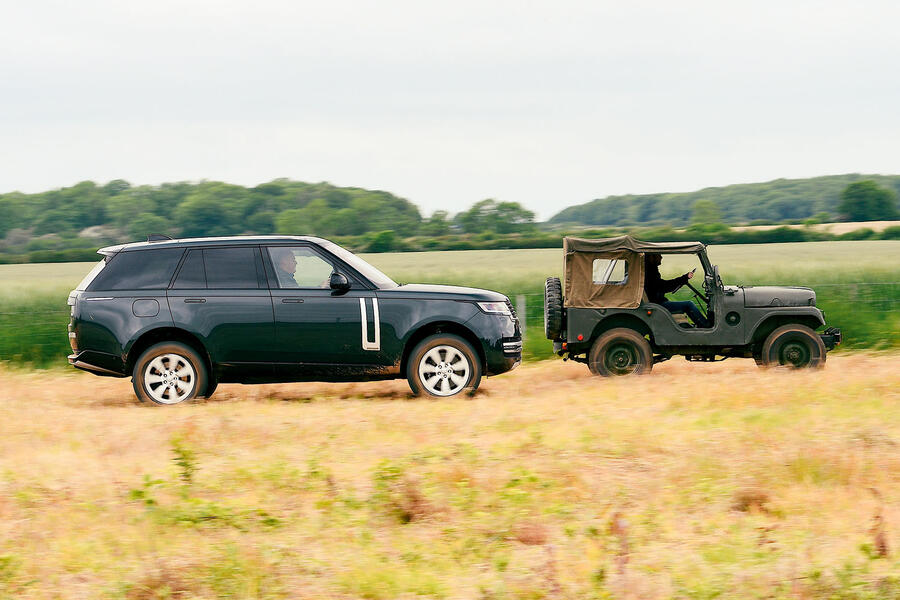
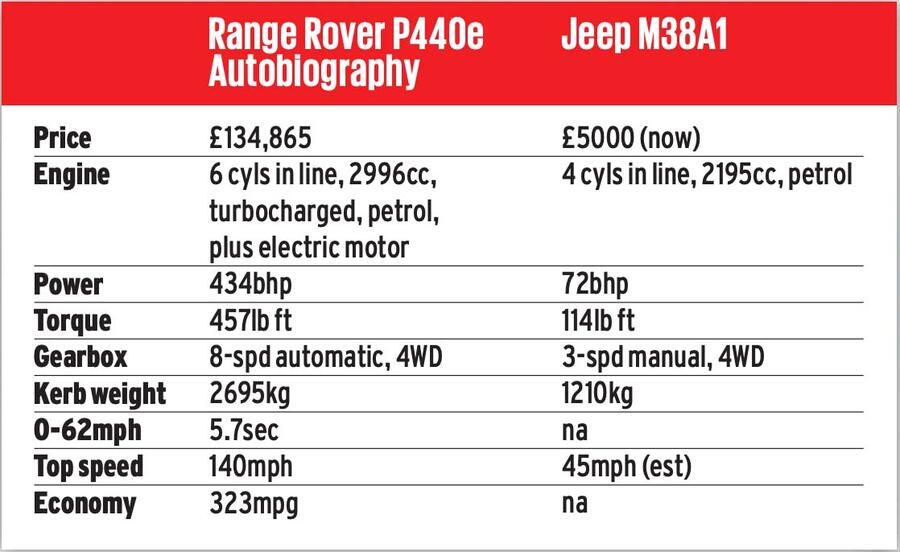


Join the debate
Add your comment
For all its attributes the Ranger Rover was never done as a commercial vehicle, was that purely a market decision, more money in Sand dune jumpers or sitting on Kerbs in Chelsea?, yes theJeep was built for a purpose, no frills, just get from A to B an almost hose out interior,can't say that about. £100,000 + Range Rover.